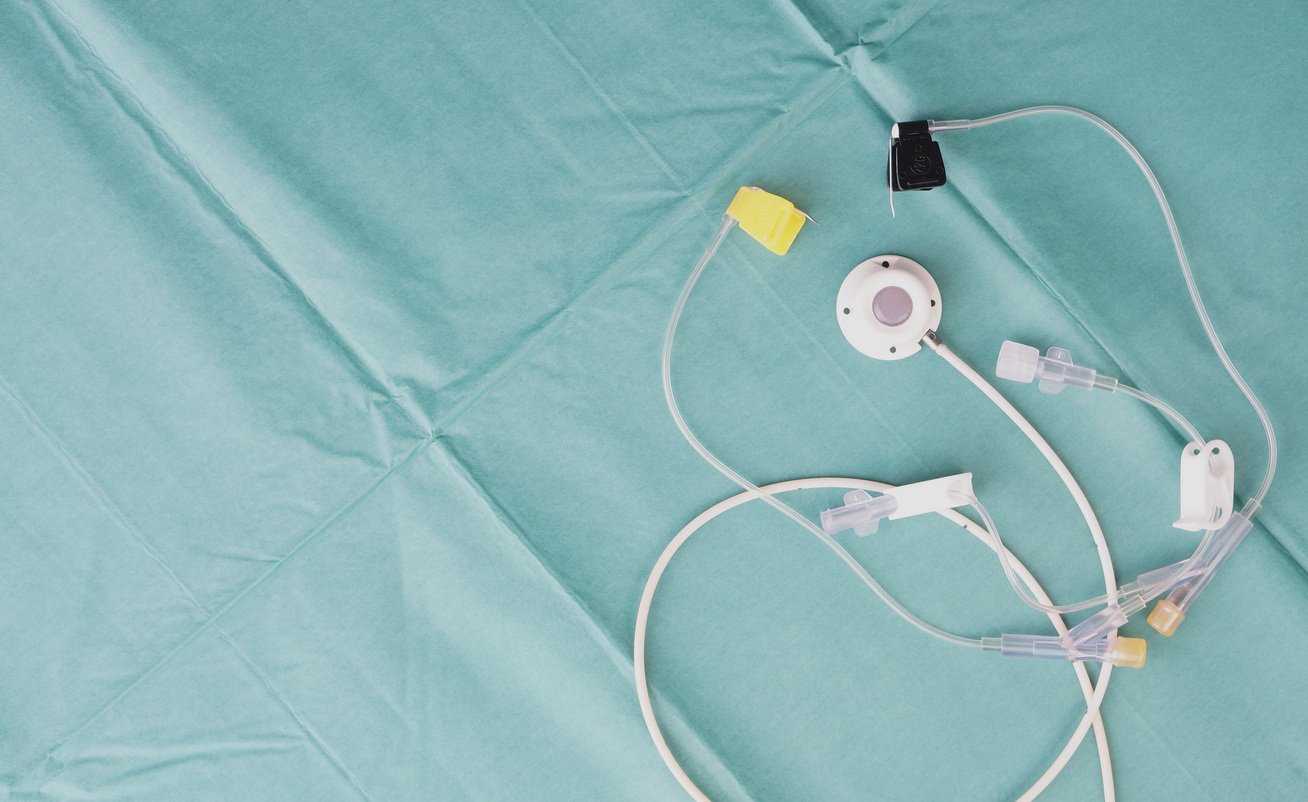In the realm of vascular medicine, a Port-a-Cath plays a crucial role, particularly for patients undergoing long-term treatments like chemotherapy. Understanding what a Port-a-Cath is, why it’s used, and the process of its insertion can help demystify this important medical device.
What is a Port-a-Cath?
A Port-a-Cath, often simply referred to as a “port,” is a type of central venous access device. It consists of two main components: a small, round reservoir (the port) that sits just beneath the skin, usually in the chest area, and a catheter—a thin, flexible tube that runs from the port into a large vein, typically the superior vena cava. The port has a silicone septum that can be accessed with a special needle, allowing healthcare providers to deliver medications, fluids, or draw blood without repeatedly sticking the patient’s veins.
Why is a Port-a-Cath Used?
Port-a-Caths are primarily used in patients who require frequent or long-term intravenous treatments, such as chemotherapy for cancer. For these patients, regular needle sticks can become not only painful but also pose risks such as vein damage or infection. By using a port, medications can be delivered directly into a large vein, where they can quickly circulate throughout the body. This not only improves the efficiency of the treatment but also reduces discomfort and the potential for complications.
In addition to chemotherapy, a Port-a-Cath can be used for other types of treatments, including long-term antibiotic therapy, total parenteral nutrition (TPN), and blood transfusions. Its use is especially beneficial for patients who have poor peripheral veins or need prolonged therapy.
The Role of a Port-a-Cath in Vascular Medicine
From a vascular perspective, the placement of a Port-a-Cath is a specialized procedure that requires precision and expertise. The doctors at The Cardiovascular Care Group are skilled in performing these procedures, ensuring that the port is properly positioned in a central vein to maximize its effectiveness and minimize complications. The procedure typically involves local anesthesia and imaging guidance, such as ultrasound or fluoroscopy, to accurately place the catheter.
How is a Port-a-Cath Inserted?
Inserting a Port-a-Cath is a minimally invasive procedure. After administering local anesthesia, the doctor makes a small incision in the chest or upper arm, creating a pocket under the skin for the port. The catheter is then threaded through a vein and positioned near the heart. Once the port and catheter are in place, the incisions are closed with stitches or surgical glue. The entire process usually takes about an hour, and patients can often go home the same day.
What are the Risks?
While the insertion of a Port-a-Cath is generally safe, as with any medical procedure, there are some risks. These risks are minimal and may include infection at the insertion site, bleeding, or catheter-related issues like blockage or displacement. However, with proper care and maintenance, these risks can be significantly reduced. It’s important for patients to follow their doctor’s instructions on how to care for the port at home, including keeping the area clean and dry, and watching for signs of infection.
A Port-a-Cath is an invaluable tool in the management of patients requiring long-term vascular access, particularly in the treatment of cancer. At the Vein Institute of NJ at The Cardiovascular Care Group, we understand the importance of this device in providing effective, compassionate care. By simplifying the delivery of treatment and reducing the need for repeated needle sticks, a Port-a-Cath not only enhances the patient’s comfort but also plays a critical role in the overall treatment process.
If you or a loved one requires long-term intravenous therapy, our team is here to guide you through every step of the process, ensuring that your care is handled with the utmost expertise and attention.









.jpg?width=944&name=Castle-Connolly-Top-Doctors-Emblem-Large%20(4).jpg)